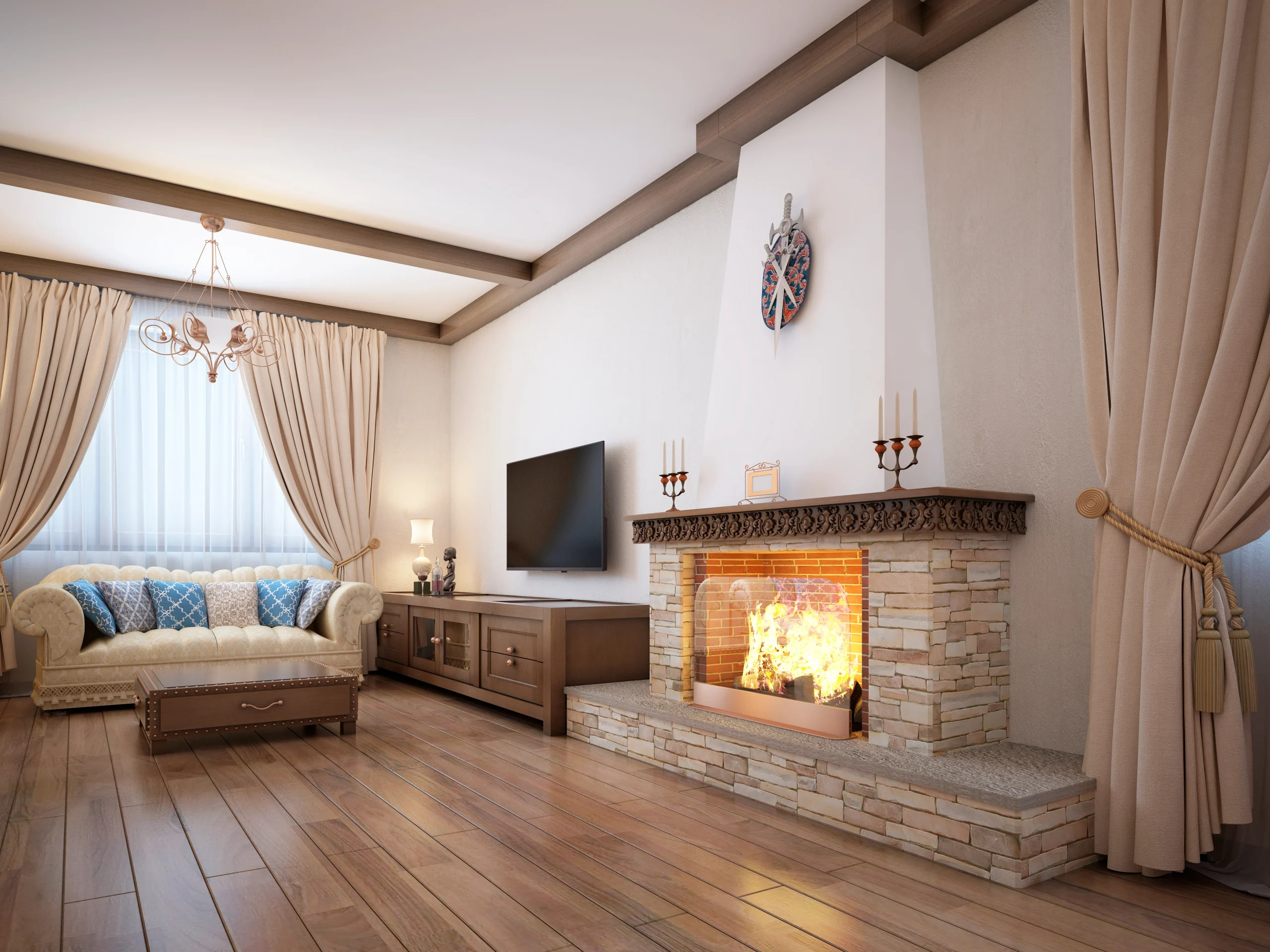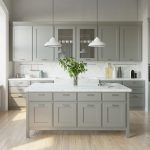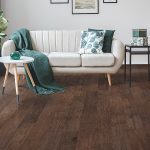
How to Choose Wood Colors That Complement Your Furniture
Choosing the right wood color for your hardwood flooring in Norwalk, CT, can be a challenging task, especially when you want it to complement your existing furniture. Now, let us guide you on how to select wood colors that harmonize with your furniture, creating a cohesive and visually appealing living space.
Understanding the Importance of Harmony
Harmony in interior design is all about creating a cohesive and pleasing visual flow throughout a room. When your wood flooring complements your furniture, it not only enhances the overall aesthetics but also contributes to a more inviting and balanced atmosphere.
Assessing Your Furniture’s Wood Tones
Before you start selecting a wood color for your flooring, take a closer look at your furniture pieces:
Identify Wood Tones: Determine the primary wood tones of your furniture. These tones can vary from light to dark and may have warm, cool, or neutral undertones.
Consider Furniture Finish: Examine the finish of your furniture, as it can affect how the wood appears. For example, a glossy finish can make the wood appear darker and shinier.
Analyze Wood Grains: Pay attention to the wood grain patterns on your furniture. Some wood grains are more prominent and distinctive than others.
Finding the Right Balance
Achieving the right balance between your furniture and flooring is crucial for a harmonious look. Here’s how to do it effectively:
Contrasting vs. Matching: Decide whether you want your flooring to contrast with your furniture or match it. Contrasting can create visual interest, while matching offers a more unified look.
Warm vs. Cool: Consider the warmth or coolness of your furniture’s wood tones. If your furniture has warm undertones, you may opt for a flooring color with complementary warm undertones.
Undertone Harmony: Pay attention to the undertones in both your furniture and flooring. For example, if your furniture has red undertones, a flooring color with similar undertones can create a pleasing connection.
Selecting the Right Wood Color
Now that you have a better understanding of your furniture and the balance you want to achieve, it’s time to choose the right wood color for your flooring:
Light vs. Dark: Decide whether you want light or dark wood flooring. Lighter floors can make a room feel more spacious and airy, while darker floors can add warmth and coziness.
Neutral Colors: If you have furniture with distinctive wood tones, consider neutral wood colors like beige, gray, or light brown. These neutrals can create a neutral backdrop for your furniture to shine.
Matching Wood Species: To achieve a harmonious look, you can choose a wood species for your flooring that matches or complements the wood species in your furniture.
Visualizing the End Result
To ensure your choice works well in your space, consider the following visualization techniques:
Samples and Swatches: Obtain wood flooring samples or swatches and place them alongside your furniture. This allows you to see how the colors interact in your home’s lighting.
Virtual Tools: Some flooring companies offer virtual tools that allow you to visualize different flooring options in your space. Take advantage of these tools for a better idea of the final look.
Creating a harmonious living space in Norwalk, CT, where your hardwood flooring complements your furniture is a rewarding endeavor. By assessing your furniture’s wood tones, finding the right balance between contrasting and matching, and selecting the ideal wood color, you can achieve a beautiful and cohesive design.
At All Hardwood Floors, we specialize in helping homeowners like you select the perfect wood flooring colors. Contact us today to explore our wide range of wood options, and let us assist you in creating a harmonious and visually stunning living space that reflects your unique style.





